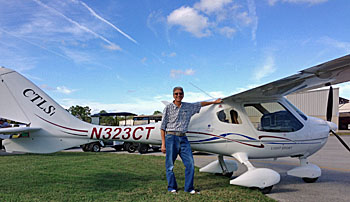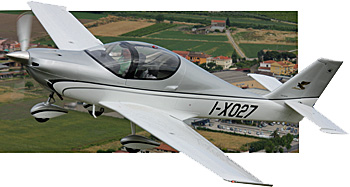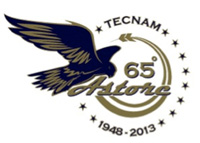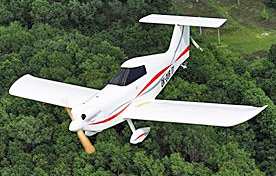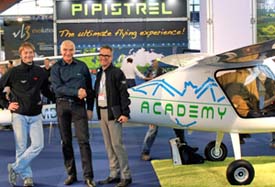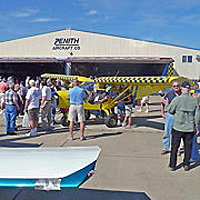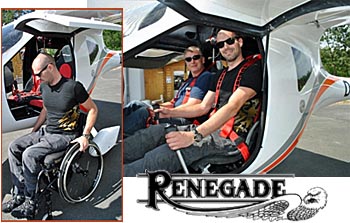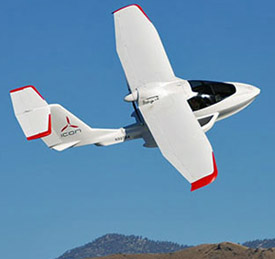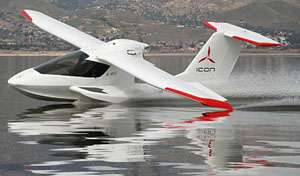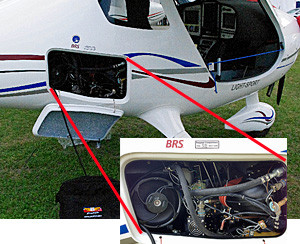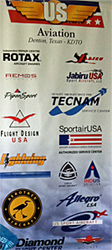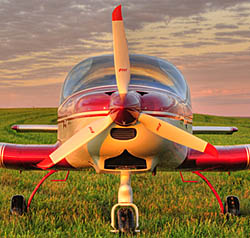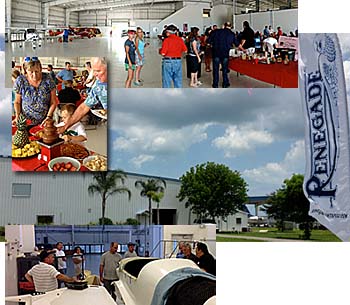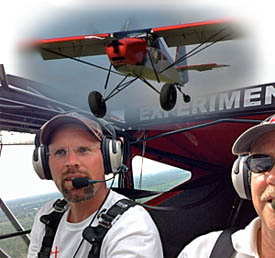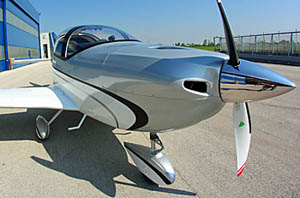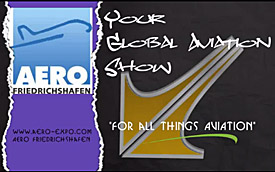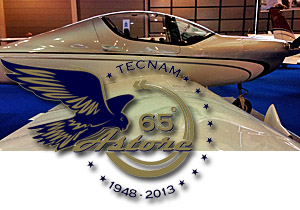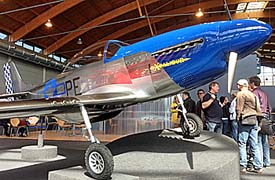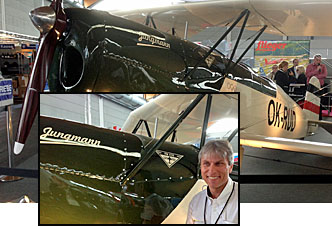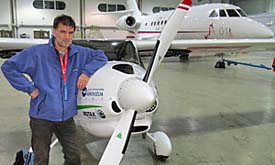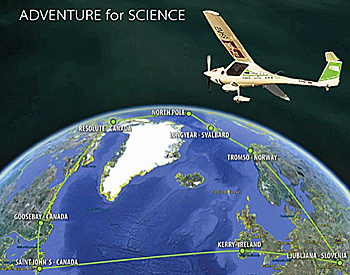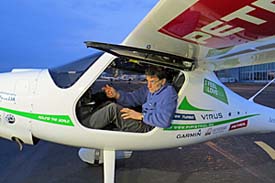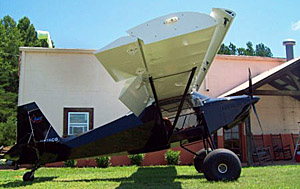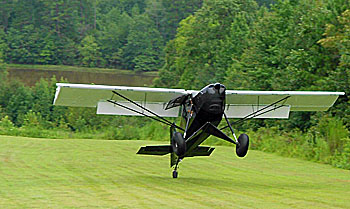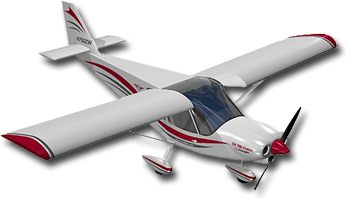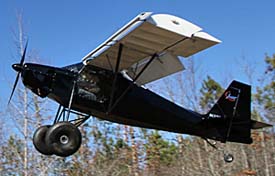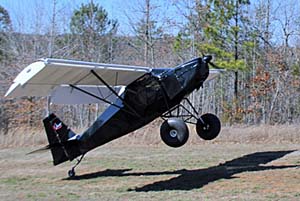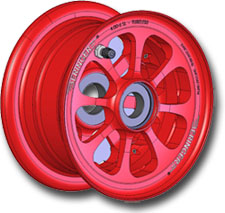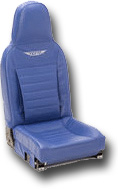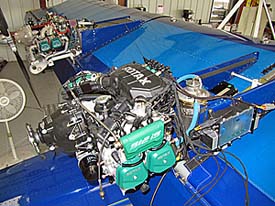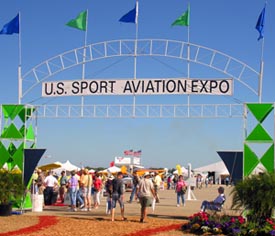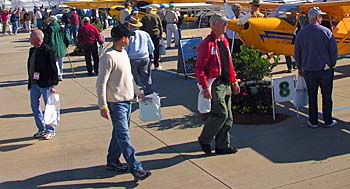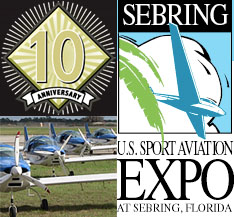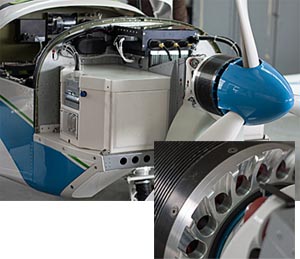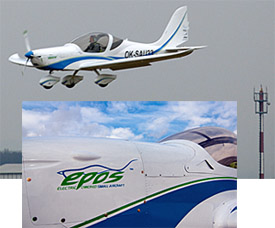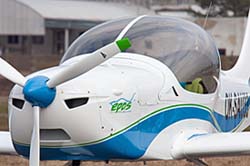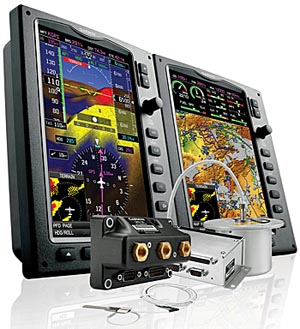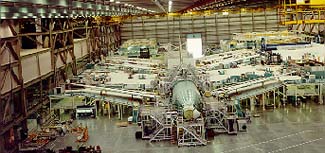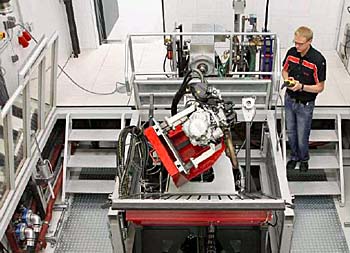
On a visit to Rotax near Wels, Austria in April this year, I was privileged to examine the immense Rotax engine factory and test facilities with executive Christian Mundigler. Taking a whole day from his many duties, Christian gave us a thorough tour of the many departments both non-aviation and for Rotax Aircraft Engines. In our discussions, I revealed that with about 5,500 hours logged, the majority of my flight time has been behind — or in front of — Rotax powerplants. I hadn’t realized it myself, but after many years of flying nearly every ultralight aircraft and the majority of Light-Sport Aircraft for sale in the USA, my Rotax time now exceeds my Lycoming or Continental time … with some hours for Jabiru, HKS, Hirth and a few others adding to the total. Most recently, I have been able to log more than 30 hours on the newest Rotax of all, the 912 iS.


 On a visit to Rotax near Wels, Austria in April this year, I was privileged to examine the immense Rotax engine factory and test facilities with executive
On a visit to Rotax near Wels, Austria in April this year, I was privileged to examine the immense Rotax engine factory and test facilities with executive 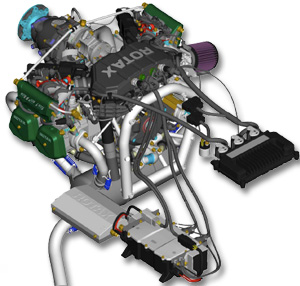 Most recently, I have been able to log more than 30 hours on the newest Rotax of all, the
Most recently, I have been able to log more than 30 hours on the newest Rotax of all, the 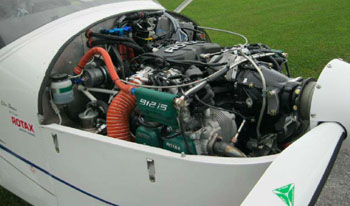 While the 912 iS is essentially the same engine as the carbureted 912 ULS, it has seen
While the 912 iS is essentially the same engine as the carbureted 912 ULS, it has seen 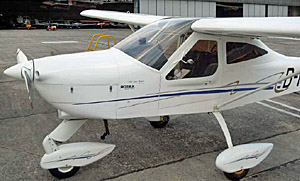 Rotax engineers have set the engines to run in what they call Eco mode (until 97% power is demanded). In common use, you'll only need "Power" mode in takeoff phase. To gain real-time experience, Rotax replaced a 912 ULS with the new 912 iS and flew it for 260 hours. They tried to keep all other factors constant: the same airframe, similar speed, the same atmospheric conditions and temperature, the same fuel volume, and even the same pilot. Most comparison was done in a Tecnam P92 Echo Classic. One series of tests used 60-minute flights with five minutes taxi out and five back plus 50 minutes of pattern training work (doing seven landings), which they called the "flight training scenario." The average burn was 2.65 gph. Over 260 hours of testing at a variety of altitudes consumption averaged 32.6% less (in a range of 26-36% lower consumption) burning an average 3.25 gph. In either mode, fuel use was substantially less at high altitudes. Rotax's test plane is lighter than the LSA I used so fuel use was a bit lower than what I typically see. I'll probably get better at maximizing fuel economy. However, even at my use experience in an airplane that weighs 280 pounds more, the 912 iS is simply excellent on fuel burn. That's more flying for less money ... and that's a great thing.
* Rotax is no longer making some very successful two stroke engines described as 277, 377, 447, or 503. However, they continue to produce the 65-horsepower Rotax 582 and have sold more than 30,000 of this single model.
Rotax engineers have set the engines to run in what they call Eco mode (until 97% power is demanded). In common use, you'll only need "Power" mode in takeoff phase. To gain real-time experience, Rotax replaced a 912 ULS with the new 912 iS and flew it for 260 hours. They tried to keep all other factors constant: the same airframe, similar speed, the same atmospheric conditions and temperature, the same fuel volume, and even the same pilot. Most comparison was done in a Tecnam P92 Echo Classic. One series of tests used 60-minute flights with five minutes taxi out and five back plus 50 minutes of pattern training work (doing seven landings), which they called the "flight training scenario." The average burn was 2.65 gph. Over 260 hours of testing at a variety of altitudes consumption averaged 32.6% less (in a range of 26-36% lower consumption) burning an average 3.25 gph. In either mode, fuel use was substantially less at high altitudes. Rotax's test plane is lighter than the LSA I used so fuel use was a bit lower than what I typically see. I'll probably get better at maximizing fuel economy. However, even at my use experience in an airplane that weighs 280 pounds more, the 912 iS is simply excellent on fuel burn. That's more flying for less money ... and that's a great thing.
* Rotax is no longer making some very successful two stroke engines described as 277, 377, 447, or 503. However, they continue to produce the 65-horsepower Rotax 582 and have sold more than 30,000 of this single model.